The History Of OPEL

Adam Opel GmbH (commonly known as Opel) is a German automaker, part of General Motors. The company was founded on 21 January 1863, and began making automobiles in 1899. Opel was acquired by General Motors Corporation in 1929 and continues as a subsidiary. Opel is part of GM Europe, and is GM's largest European brand, and with Vauxhall Motors in the UK, forms GM's core European business.
The company was founded on 21 January 1863 by Adam Opel, and at first made household goods and became a major producer of sewing machines. The founder died in 1895, with his company the leader in European sewing machines sales and producing over 2,000 bicycles yearly. The first cars were produced in 1898 having bought the rights to the Lutzmann and sold then as Opel-Lutzmann. However, two years later, following the dissolution of the partnership, Opel's son signed a licensing agreement with the French Automobiles Darracq S.A. to manufacture vehicles under the brand name "Opel-Darracq". The vehicles were Opel bodies mounted on a Darracq chassis, powered by a 2-cylinder engine.
In 1906 they started to make cars to their own design which they had first shown in 1902 at the Hamburg Motor Show and from 1907 stopped making the Opel-Darracqs.
In 1911 the factory was virtually destroyed by fire and a new one was built with more up to date machinery and the manufacture of sewing machines dropped. Production now consisted of bicycles, cars and motorcycles. By 1913 they were the largest car maker in Germany.
In March 1929 General Motors bought 80% of the company; increasing this to 100% in 1931. The Opel family gained $33.3 million dollars from the transaction.
Timeline
- 1862 – Adam Opel begins building and selling sewing-machines.
- 1863 – Opel established as a full-fledged business; hires its first employees.
- 1886 – Bicycle production started; Opel eventually becomes Europe's largest bicycle maker.
- 1899 – Opel introduces its first automobile (the "Patent Motor Car") and its first utility vehicle.
- 1902 – Designs first shown at the Hamburg Motor Show.
- 1907 – Opel-Darracq shuts down.
- 1911 – Fire destroys much of the Rüsselsheim factory. Sewing-machine production ends with the one-millionth unit.
- 1913 – Opel is the largest automobile company in Germany.
- 1924 – Installation by Opel in Rüsselsheim of Germany's first car production line.
- 1929 – General Motors, impressed by Opel's modern production facilities, buys 80% of the company in March.
- 1929 – Fritz von Opel flies the first manned rocket (a rocketplane).
- 1931 – General Motors increases ownership to 100%.
- 1937 – Bicycle production ends.
- 1938 – GM Vice President James D. Mooney is decorated with the Order of the German Eagle by Adolf Hitler, rewarding his merits for the Wehrmacht.
- 1940 – Nazi regime seizes control of Opel factories, ends all civilian production.
- 1942 – General Motors writes off Opel as a complete loss.
- 1944 – Rüsselsheim and Brandenburg plants badly damaged by Allied bombing.
- 1945 – Soviets seize Kadett production assets as war reparations.
- 1946 – First post-war 'Blitz' truck built.
- 1947 – Passenger car production resumes with the Olympia model.
- 1948 – General Motors reasserts control over surviving Opel assets.
- 1968 – Opel GT introduced.
- 1971 – Opel launched in Asia.
- 1989 – Opel Calibra introduced.
- 2005 – Started cooperation with Saturn Corporation.
- 2006 – Opel Japan shuts down in December.
- 2008 – Solarworld announces bid for Opel .
Many cars sold by General Motors worldwide are Opel designs, including such models as the Corsa, Astra, Vectra and Omega. Opel models are also sold under other GM brand names, such as Vauxhall in the UK, Holden in Australia and New Zealand, Saturn or Pontiac in North America, and Chevrolet in Latin America. Its Zafira people carrier was sold in Japan badged as a Subaru Traviq, while the Omega was sold in the US as the Cadillac Catera for model years 1997 to 2001. Other models sold in the US, but slightly modified, include the Saturn L-Series, Chevrolet Malibu and Cobalt. The majority of future Saturn models are expected to be either identical, like the Saturn Astra and Sky, or closely based, like the Aura and 2008 Saturn Vue, to European Opels. The Pontiac LeMans (1989-1994), which was the first car produced by Daewoo in South Korea for export to North America, was based on the Opel Kadett E (now Astra).
Opels appeared under their own name in the USA from 1958 to 1975, when they were sold through Buick dealers as captive imports. The best-selling Opel models in the US were the 1964-1972 Opel Kadett, the 1971-1975 Opel Manta, and the now-classic 1968-1973 Opel GT. (The name "Opel" was also applied from 1976 to 1980 on vehicles manufactured by Isuzu (similar to the "Isuzu I-mark"), but mechanically those were entirely different cars).
Opel was long General Motors' strongest marque in Japan, with sales peaking at 38,000 in 1996. However, the brand has diminished in the decade since, and will reportedly be withdrawn by the end of 2006 with just 1,800 sales there in 2005.
Opel in Europe
Opel is the main GM brand name Europe except in the UK, where GM's other European subsidiary, Vauxhall Motors, still uses its own "Vauxhall" brand name. Vauxhall's models were its models, with the exception of 'Kadett' which was replaced by Astra, already used by Vauxhall, in 1991. In other right hand drive markets in Europe like Ireland, Cyprus and Malta, the main GM brand name is now Opel, and for many years, Opel's Ireland brand sponsored the Republic's football team, using the slogan Ireland's Number One Supporter. However, many Vauxhall cars, imported second hand from the UK, are still sold in Ireland as a parallel import. Opel was also the main sponsor of FC Bayern München for some times, not only a club with a high profile but also an important marketing ploy for the company in the heartland of BMW - indeed, the Olympiastadion is directly overlooked by the BMW headquarters.
Some have suggested that the Vauxhall name should be dropped in the UK in favour of Opel, thereby harmonising GM's marketing strategy across Europe. However, Vauxhall has rejected this, on the grounds that its brand is well known, and fleet buyers, who are its main customer base, insisted that Opel models be rebadged as Vauxhalls. Opel also provides design and engineering to the American Saturn marque, similar to the Vauxhall situation in the UK.
The company headquarters are located in Rüsselsheim, and it has plants in Bochum, Eisenach and Kaiserslautern as well as in Belgium, Spain, Poland and Hungary. Opel cars are also made in Vauxhall's Ellesmere Port plant in the United Kingdom.
In October 2004 employees went on strike for six days due to the threat of 12,000 job losses. The threat was due to the unprofitable European markets because of low customer demand. The strike had a major impact on production.
In 2005, the new Opel Astra Diesel Hybrid appeared.
In 2006, the Azambuja, Portugal factory shut down and the production of the Opel Combo transferred to Zaragoza, Spain. The move prompted a national boycott movement and caused the Portuguese Government to sue General Motors.
General Motors announced in April 2008 that they would invest EUR9 billion by 2012 in a bid to stop the market share erosion of the Opel brand in Europe. Approximately EUR6.5 billion is to be dedicated for the development of new models and engines, with plants in Ruesselsheim, Bochum, and Kaiserslautern slated to be modernized.
On November 17, 2008 Opel announced that they were seeking a €1 billion credit guarantee from the German government to help the Opel subsidiary if the GM-mother doesn't make it through the credit crisis. The news comes as GM faces possible bankruptcy. The German government will most probably decline any guarantees due to the fact that the money could be transferred into the US, instead of using for the Opel subsidiary.
On the 19th of November 2008, SolarWorld AG announced a bid to buy German automaker Opel from General Motors. The bid is at 1 billion Euro's, 250 million being paid in cash and 750 million being paid in bank credits. Opel's initial response was to cite conditions such as the being completely split from General Motors.
The lightning bolt on the Opel badging is a reference to the famous Opel Blitz truck. The German word 'Blitz' means lightning or flash. The logo was originally a Zeppelin, which became more stylized, and as the Zeppelin became less popular as a form of transport, the logo was changed. There is also a noticeable similarity between the winged Zeppelin and the lightning logo.
Starting with the Opel Insignia, the Blitz logo will be updated. The border that is circling the lightning bolt will be wider to incorporate the Opel name, and the surfaces will be more spherical to give the logo a three-dimensional look.
From Wikipedia, the free encyclopedia
More About OPEL
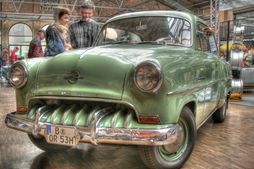
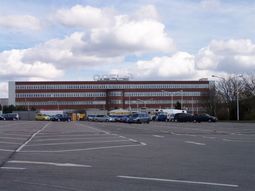
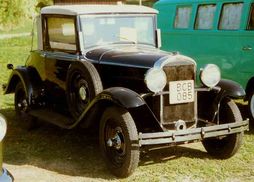
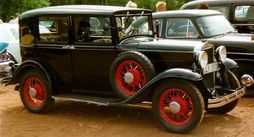
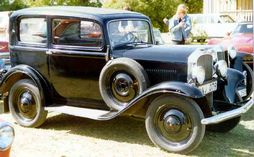
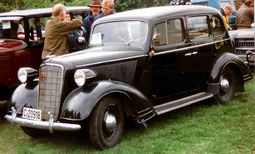
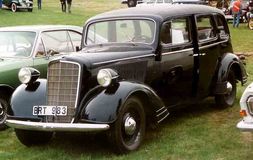
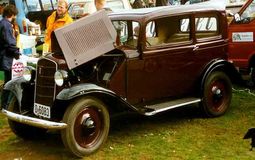
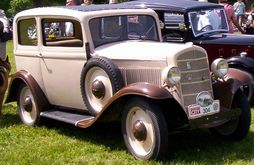
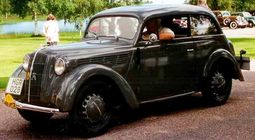
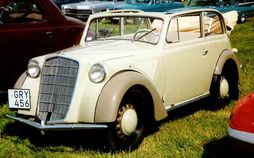
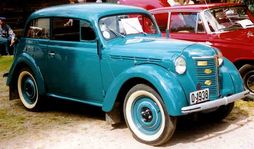
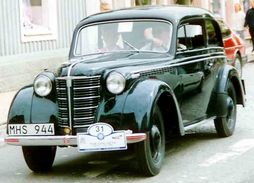
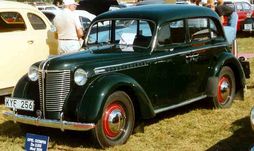
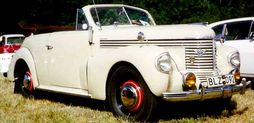
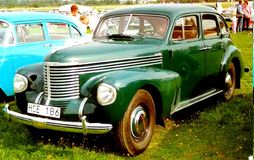
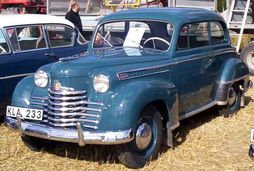
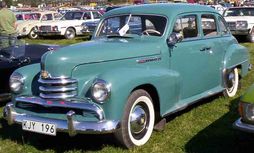
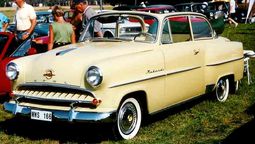
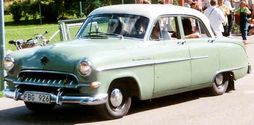
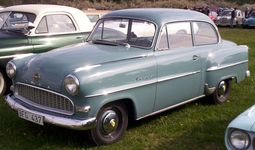
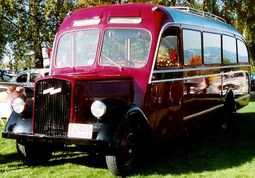
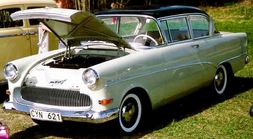
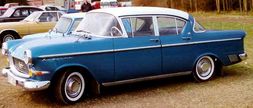
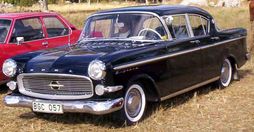
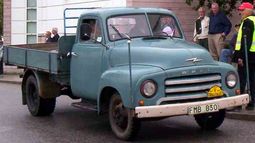
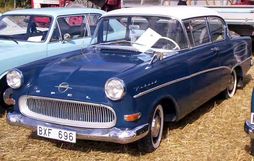

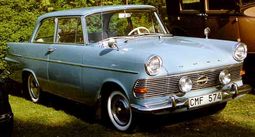
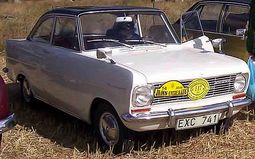
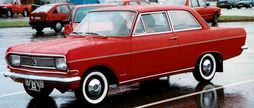
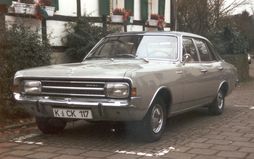

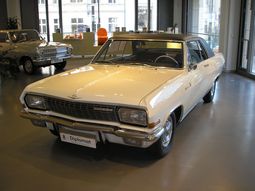
|